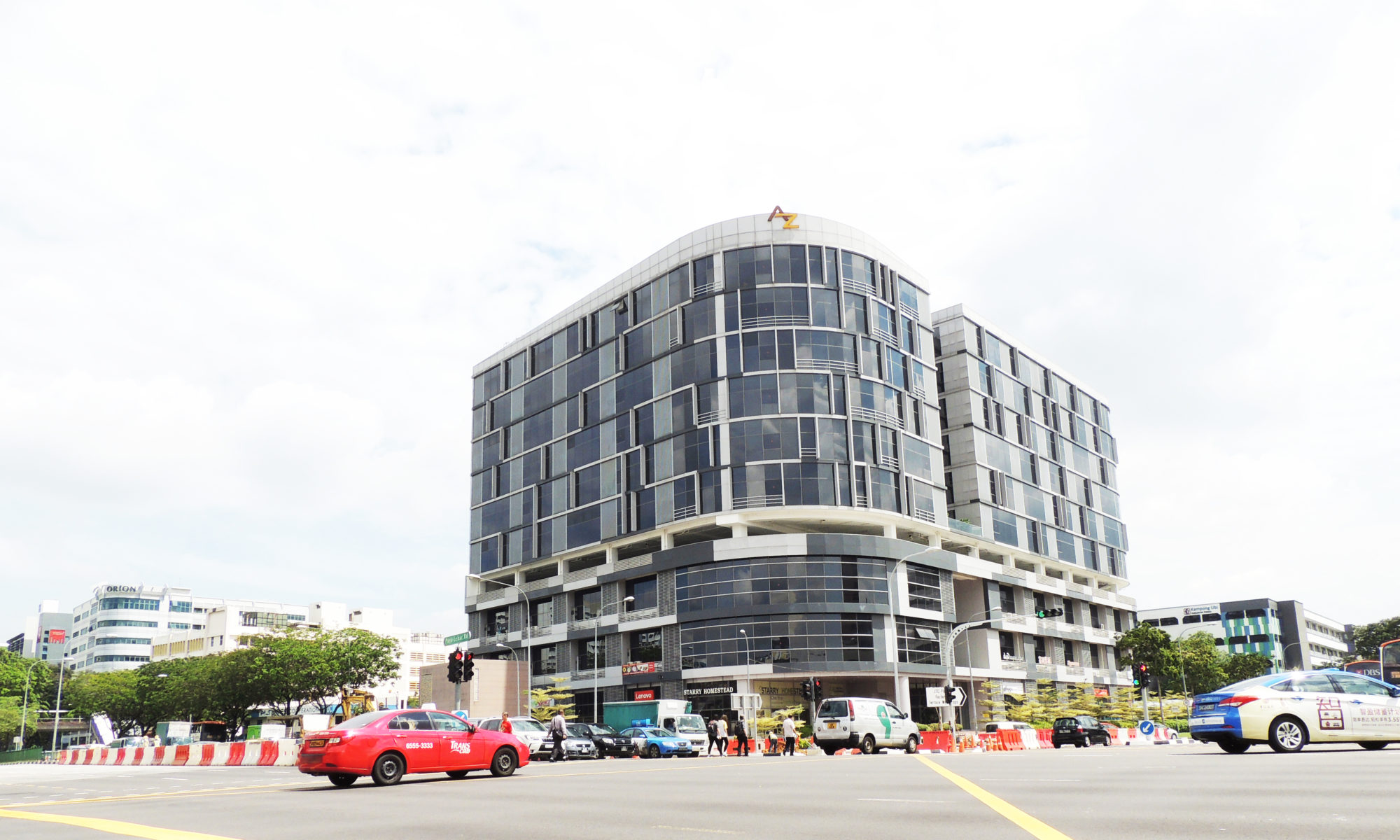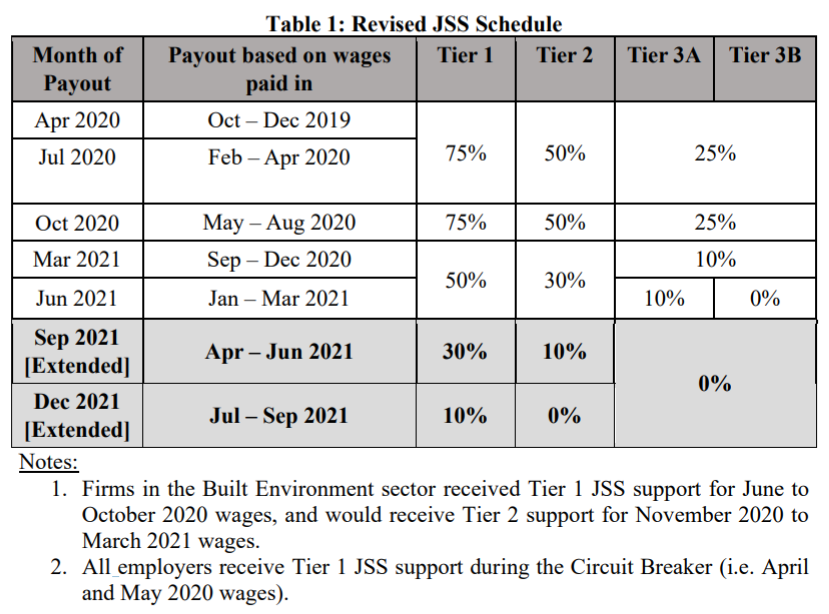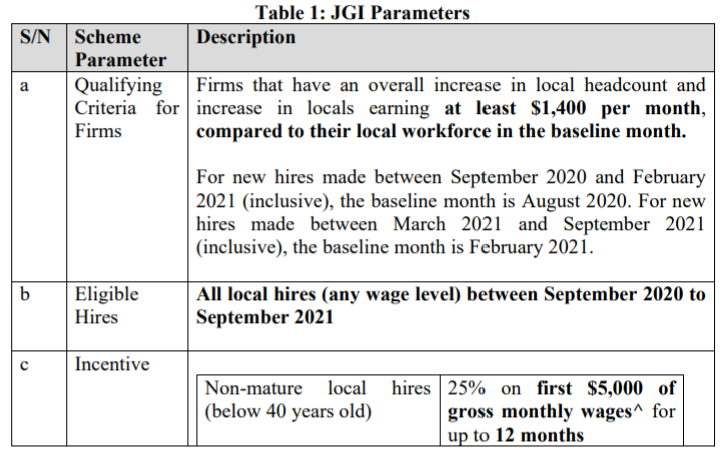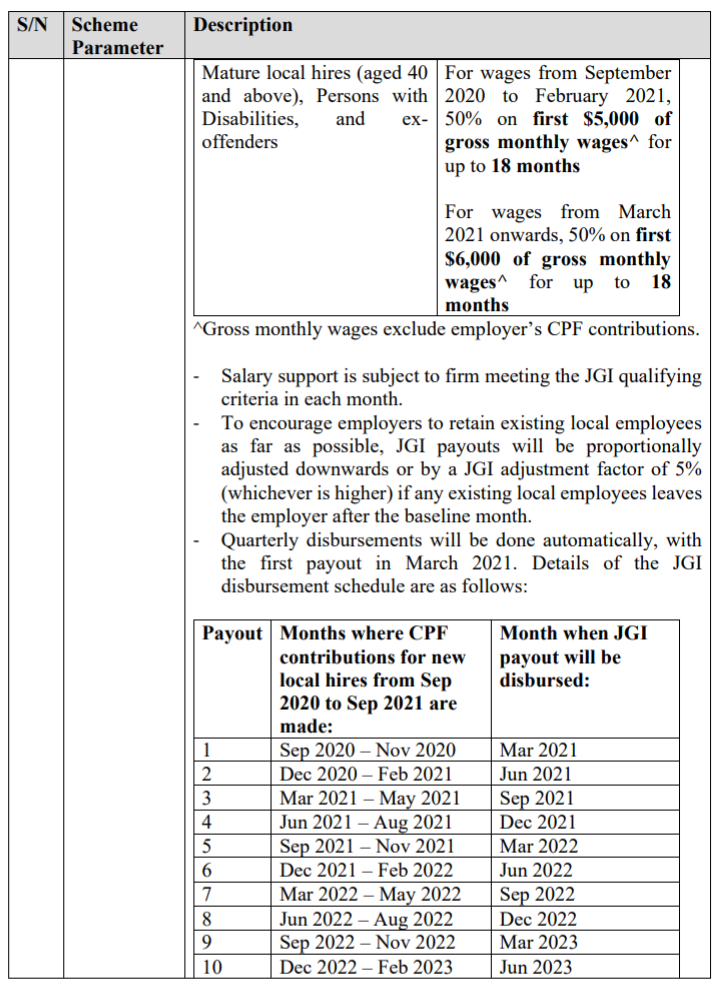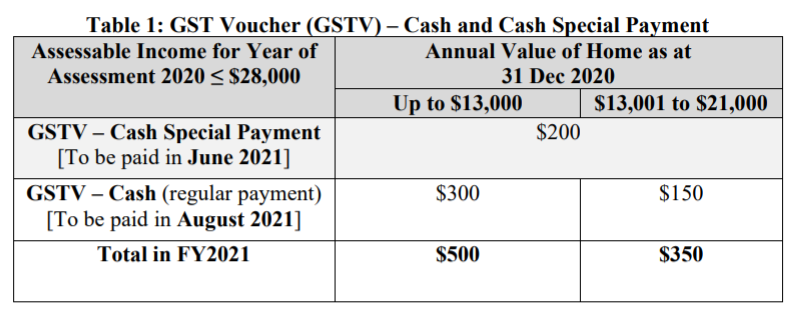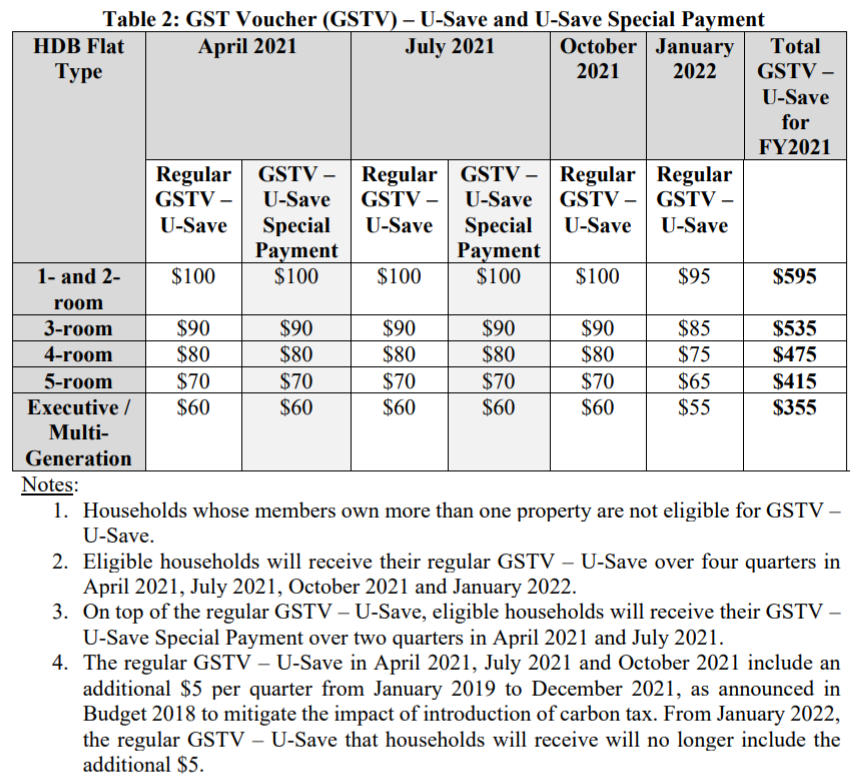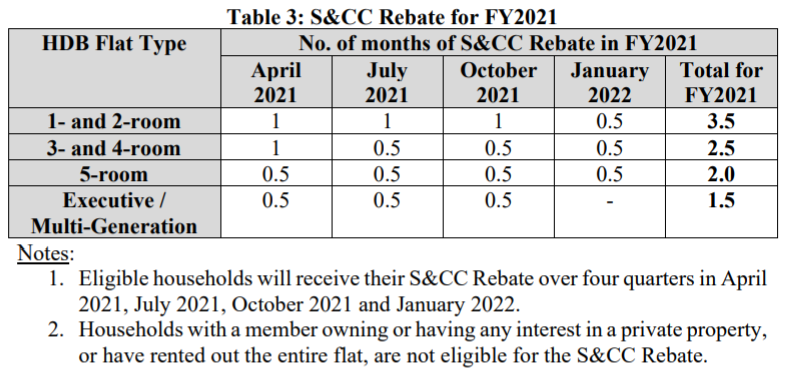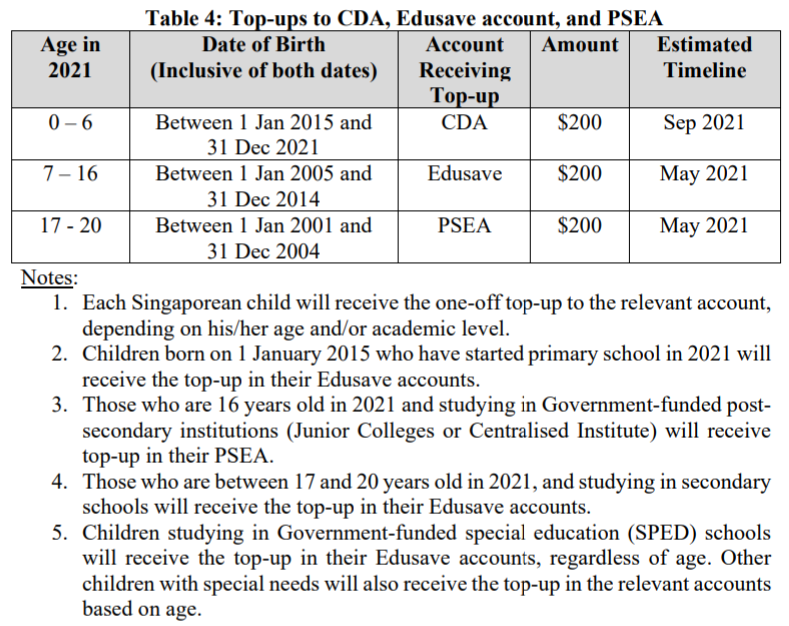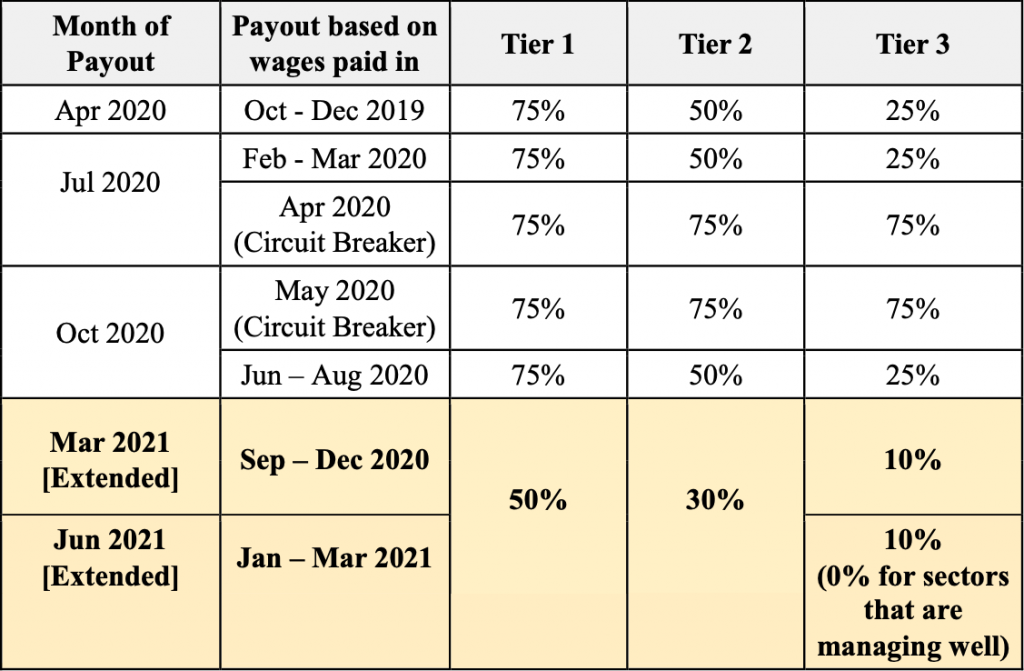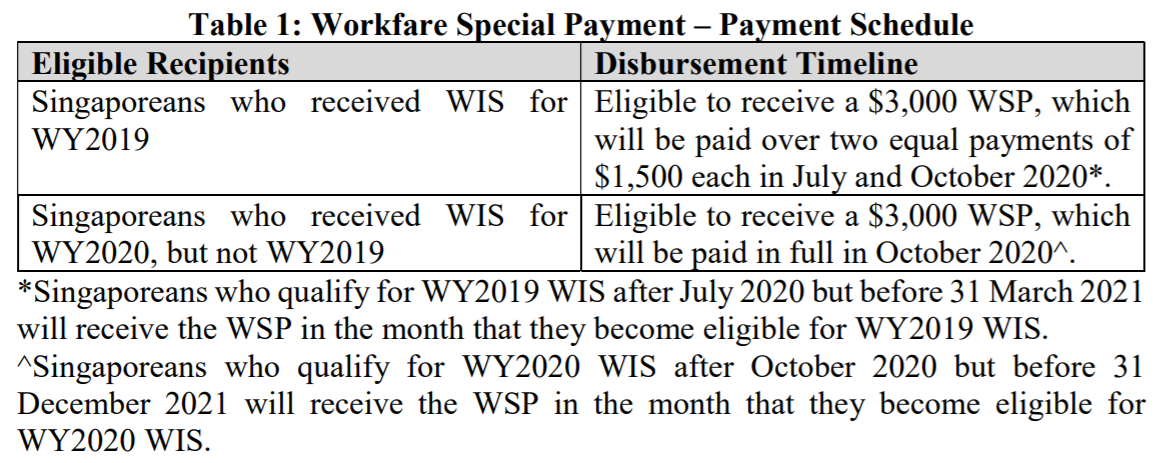Update: Enhanced JSS Support From 22 Nov to 19 Dec 2021
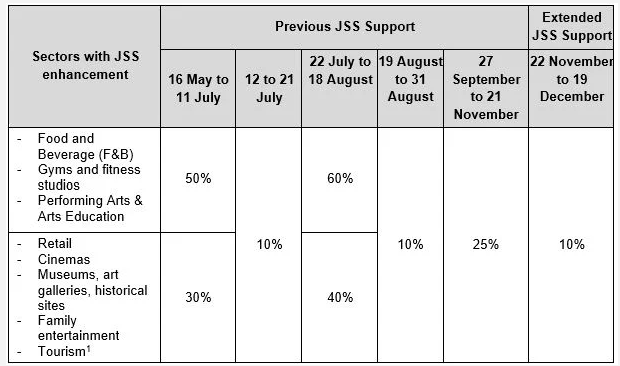
The enhanced payout corresponding to wages paid for Aug to Oct 2021 will be disbursed in December 2021, while the enhanced payout corresponding to wages paid in Aug 2021 will be disbursed in December 2021. As JSS payouts are intended to offset and protect local employees’ wages, employers who put local employees on mandatory no-pay leave (NPL) or retrench them will not be entitled to the enhanced JSS payouts for those employees.
Enhanced Jobs Support Scheme (JSS) Support
| Sector | Eligibility Criteria | Current JSS Support (1 Apr 2021 – 15 May 2021) | Enhanced JSS Support (16 May 2021 – 13 Jun 2021*) |
|---|---|---|---|
| Food and Beverage | Entities must be classified under SSICs 56, or 68104. Licensees registered as individuals will also be included if they make mandatory CPF contributions for their employees. | 10% | 50% |
| Performing Arts & Arts Education | Entities must: • Meet at least one of the conditions of being a: (i) participant in a project, activity, programme or festival supported by the National Arts Council (NAC) or National Heritage Board (NHB) between 1 April 2018 to 31 March 2021; or (ii) Museum Roundtable member before 31 March 2021; or (iii) accredited Arts Education Programme (AEP) provider listed in the 2019-2022 NAC-AEP Directory; or (iv) has more than two-thirds of its business in arts/heritage related activities (as defined by one of the 6 qualifying SSICs in criterion 2); and • Be classified under SSICs 85420, 90001, 90002, 90003, 90004 or 90009. | 10% | 50% |
| Sports | Gyms, fitness studios and other sports facilities that must: • Be classified under SSIC 93111, 93119, 93120 or 85410; and • Operate sports- and/or fitness-related programmes that are (i) conducted indoors without masks on prior to P2(HA); or (ii) for those 18 years and under prior to P2(HA). | 0% | 50% |
| Retail | Qualifying retail outlets must: • Have physical storefronts; and • Be classified under SSICs 47191, 47199, 474, 475, 476, 4771, 47721, 4773, 4774, 47752, 47759, 47761, 47769, 4777, 47802, or 4799. | 10% | 30% |
| Cinema operators | Entities must: • Hold a valid Film Exhibition licence from the Infocomm Media Development Authority (IMDA); and • Be classified under SSIC 5914. | 10% | 30% |
| Museums, art galleries and historical sites | Entities must: • Meet at least one of the conditions of being a: (i) participant in a project, activity, programme or festival supported by the National Arts Council (NAC) or National Heritage Board (NHB) between 1 April 2018 to 31 March 2021; (ii) Museum Roundtable member before 31 March 2021; or (iii) accredited Arts Education Programme (AEP) provider listed in the 2019-2022 NAC-AEP Directory; or (iv) has more than two-thirds of its business in arts/heritage related activities (as defined by one of the 6 qualifying SSICs in criterion 2); and • Be classified under SSICs 91021, 91022, 91029 | 10% | 30% |
| Indoor playgrounds and other family entertainment centres | Entities must: • Be classified under SSICs 93201 or 93209; and • Operate family entertainment centres or family attractions-related businesses. | 0% | 30% |
| Indoor playgrounds and other family entertainment centres | Entities must: • Be classified under SSICs 93201 or 93209; and • Operate family entertainment centres or family attractions-related businesses. | 0% | 30% |
| Affected Personal Care Services | Entities must: • Be classified under SSIC 96022 or 96029; • Have physical storefronts; and • Operate personal care services that require masks to be removed (e.g. facial and spa) | 0% | 30% |
Rental Relief
- Hawkers and coffeeshop stallholders, who are self-employed and do not benefit from the JSS, the Government will provide one month of rental waiver for hawker stall and coffeeshop tenants of Government agencies
- For privately-owned commercial properties, some landlords have given rental waivers or rebates to support their tenants during this P2(HA) period. To provide additional support, the Inland Revenue Authority of Singapore (IRAS) will disburse a 0.5-month rental relief cash payout directly to qualifying tenants as part of a new Rental Support Scheme (Annex C). The payout will be disbursed starting from mid-August 2021 and computed based on the latest contractual gross rent within the period 14 May 2021 to 29 May 2021.
- Separately, property owners who run an SME business or an eligible NPO on their own qualifying commercial property will also be eligible for the cash payout, computed based on the Annual Value of the property (or part of) for Year 2021 as at 14 May 2021.
Further Support for Hawkers
Ministry of Sustainability and the Environment on 22 May 2021, we will subsidise 100% of fees for table-cleaning and centralised dishwashing services for around 6,000 cooked food stallholders in hawker centres managed by the National Environment Agency (NEA) or NEA-appointed operators during the no dine-in period.
COVID-19 Recovery Grant (Temporary)
One-off support for lower- to middle-income employees and self-employed persons who are financially impacted as a result of the tightened measures. Individuals who experience at least one month of involuntary NPL or income loss of at least 50% for at least one month, during the period between 16 May 2021 and 30 June 2021 may apply for CRG-T.
- Eligible individuals placed on involuntary no-pay leave may receive a one-off payout of up to $700
- Those experiencing significant income loss may receive a one-off payout of up to $500
- Applications will be open from 3 June 2021 to 2 July 2021.
Enhanced COVID-19 Driver Relief Fund
- From 16 May 2021 to 30 June 2021, from $450/month/vehicle to $750/month/vehicle
- Changi Airport Group also announced that retailers in Changi Airport terminals would have their rental fees fully waived for the period of closure, from 13 May 2021 until 13 June 2021
Sports Resilience Package
Sport and Fitness Operating Grant
- The grant has been rolled out to provide additional support for over 500 entities, in particular gyms and fitness studios
- Those eligible for this grant will receive a one-time disbursement, which takes overhead costs such as rental and salaries into account, ranging from $5,000 to $100,000 for the three-week period (May 8-30)
Who can apply?
- Businesses under SSIC code 93111: Fitness studios and gymnasiums;
- Have received JSS support; and
- Sign a written undertaking on preserving jobs, compliance with SafeEntry implementation, and adoption of the SGClean Quality Mark, which will be included in the letter of offer provided to successful applicants for acceptance.
Note: Businesses of similar nature but have different SSIC codes i.e. 85410, 93119, 93120 can apply for Sport Singapore’s assessment.
SEP Project Grant
- Aims to support about 300 projects – thrice the original number – that help self-employed people collaborate with each other and develop initiatives targeted at enhancing the health and wellness of Singaporeans
- Successful grant applicants, who can work individually or with others, may obtain up to $25,000 in funding per project
Sport and Fitness SEP Support Fund
- Those who have experienced at least 50 per cent income loss during the three weeks will be eligible for a one-time cash assistance of up to $400
Continuing Coach Education (CCE) Training Allowance Grant
- Fitness instructors can claim $7.50 for every claimable hour for the CCE training, programme or event up to a maximum of $300 per person until March 31, 2022
- These include CCE courses facilitated by CoachSG, ExPRO Fitness on-demand online learning content and events, and courses offered under Union Training Assistance Programme as endorsed by the National Instructors and Coaches Association
